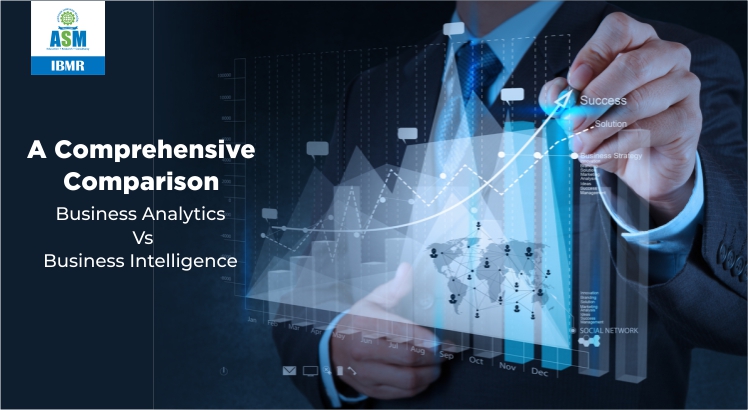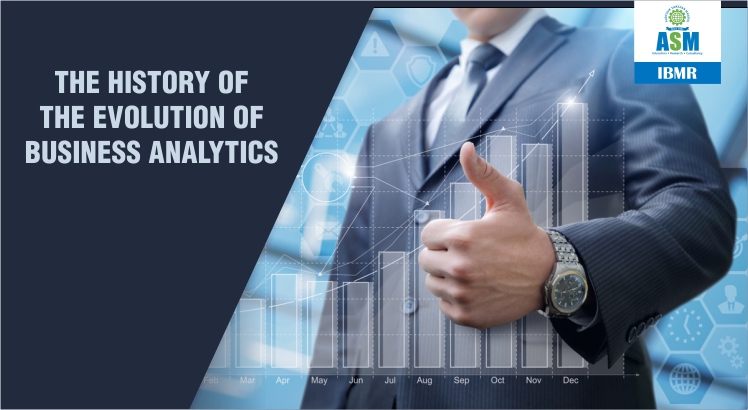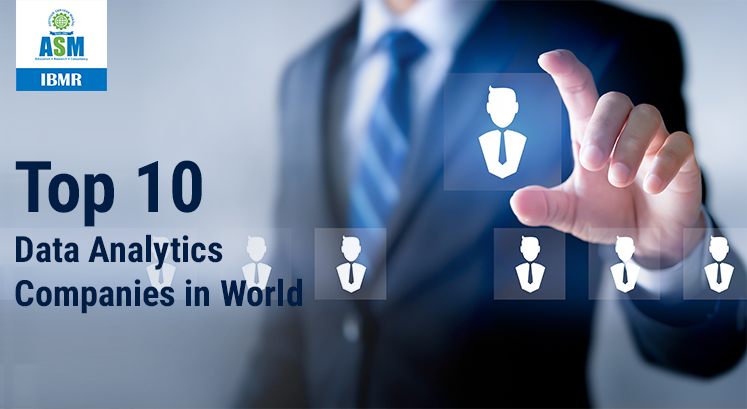- |
- Official Alumni Network |
- Mandatory Disclosures |
- Online Grievance Redressal/Feedback|
Online Grievance Redressal/Feedback
Online students/Faculties can connect to redressal officer via mail and phone.
The grievance will be addressed within 24 hrs and incase it is not done, the grievance can be escalated to the Director.
Students and Faculties can give feedback online via mail mentioned here.
Redressal Officer
Ph. No. : 9527333074
Email ID: webmailibmr@gmail.com
- Extension of Approval (EOA) |
- Letter of Approval (LOA)

7 Reasons To Consider PGDM in Pharmacy
August 5, 2020
Emerging Trends in Higher Education in India
August 15, 2020A Comprehensive Comparison: Business Analytics Vs Business Intelligence

Table of Contents
Business Analytics Vs Business Intelligence – Difference
Business Intelligence and business analytics have become the buzzwords for today’s business world. Almost every company out there is using these terms interchangeably to reap its many benefits. By now, everyone has a brief idea of how Business Analytics and Business Intelligence can help businesses get an edge over their competitors. But, when it comes to defining them and how they are different from each other, many are bound to be uncertain. If you are one of them too, you aren’t alone!
To help you understand what these terms exactly mean and their differences, we are here to help you out. In this comprehensive blog, we have included several pointers that will help you understand what these terms mean. Let’s get started.
What is Business Analytics?
To put it simply, BA encompasses all approaches and technologies that are used to explore an organization’s data. The primary aim of accessing and going through data is to draw vital insights to improve planning and business performance.
Business Analytics focuses on finding out why things are happening using statistical analysis and predictive modeling. And, based on the valuable conclusions, it makes informed guesses about how things can pan out in the near future.
Related Article: Business Analytics (BA): Everything You Need to Know
What is Business Intelligence?
Business Intelligence also uses technologies to access and explore a company’s data. Again, its ultimate goal is to understand how the business is doing, make better decisions, and improve performance. But when it comes to defining it, on the whole, BI deals with the whats and the hows instead of the whys.
Considering the massive amount of data, BI helps filter through existing relevant information and decipher patterns in the past and present. These predictions are then used to make better decisions for a company’s present.
Business Intelligence analysts work with data scientists to gather data, interpret their patterns, and communicate how they can use their findings effectively.
Difference Between Business Intelligence and Business Analytics
Now that you have a basic understanding of what Business Analytics and Business Intelligence mean, let’s take a look at how BA and BI are different.
1. Primary Function
Business Intelligence
BI analyzes past and present data to decipher trends and draw essential insights. To do this, BI analysts use tools and current data sets in the form of reports, visualizations, tables, graphs and maps. This kind of data presentation helps users to comprehend the complex information and draw data-driven conclusions.
Business Analytics
Business Analytics focuses just on exploring the past data to recognize patterns. To do this, business analysts use statistical techniques to extract useful information. Then, these insights are presented to the company’s stakeholders who will decide how they will use the data.
2. Usage
Business Intelligence
Business Intelligence analysts draw conclusions to run and improve the current organization’s operations. For instance, the BI team at Coca-Cola takes care of all sales and delivery operations. They built a BI platform, which helped automate manual reporting processes. This eventually saved over 260 hours a year.
Business Analytics
Business Analytics isn’t just used to improve the current business processes but change them entirely as well. If business analysts find that there is a new and better way of completing a specific function, they can change it after presenting the idea to the board. For example, Starbucks has made a contract with a location-analytics company, which analyzes maps and retail locations. This analytics company uses metrics such as population density, average incomes, traffic, etc. This data is then used by Starbucks to decide on a new location for their store.
3. Type of Analysis
Business Intelligence
Business Intelligence analysts make use of descriptive analytics to acquire a summary of historical and present data. Basically, data that shows what is happening and what has happened in the past. With this information, decision-makers can find out what is or has worked, and if it needs to be replicated.
Business analytics
On the other hand, BA uses predictive analytics, including data mining, modeling and machine learning. This is used to study what has happened and what will happen – basically, determining forecasting future outcomes.
4. Limitations
Business Intelligence
As mentioned earlier, BI is data-reliant. Hence, it is often challenging to deal with unstructured data. This data does not fit into a significant or pre-defined data model and might consist of irrelevant information. This is where BI has limitations when it comes to analyzing and processing raw and semi-structured data.
Business Analytics
The BA team uses their calculations and strategy-building tools and problem-solving skills. Thanks to this pre-defined and structured process, they rarely have any kind of restrictions.
5. Role in Decision-Making
Business Intelligence
BI teams are all about exploring and evaluating tons of raw data from the past and present. This data then needs to be churned out into meaningful insights to make sense of it. Hence, it is the first step when it comes to making important decisions.
Business Analytics
Today, almost every corporation depends on their BA team to understand what is currently happening and what will happen next. To do this, an analyst should access all data with the help of business intelligence and translate this intelligence into a useful resource. Only then involved stakeholders can understand what’s the best solution for your company.
6. Technologies and Tools
Business Intelligence
Here, you will find BI professionals using technologies like MicroStrategy, Datapine, SAP, QlikSense, Sisense, and more. These tools analyze and convert raw data into actionable and coherent information.
Business Analytics
Business Analytics involves varied functions such as task management, wireframe produce, real-time work management, rapid wireframing, and more. Hence, business tools need to be more wide-ranging. Some of the common ones used are Tableau, R Programming, Apache Spark, QlikView, and many more.
Conclusion
By now, we are hopeful that you have a brief understanding of these terms and how they are different from each other. When it comes to business success, remember, you have to use both of them together. Business analytics and business intelligence solutions can take your business where you want it to go. All you need to know is how to leverage them for your organization.
Step In the Data World with ASM’s IBMR
At ASM’s IBMR, we have specialized courses that will empower you with the skills and knowledge to make a career in this ever-growing field. Please browse through our wide array of programs and apply to start your journey to become a data/ business analyst. All the best!




